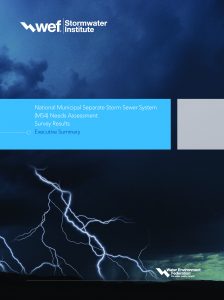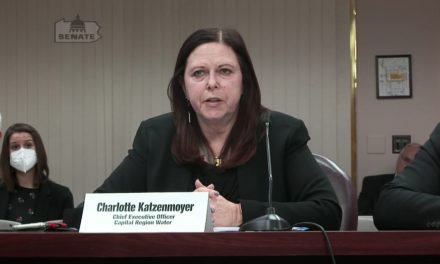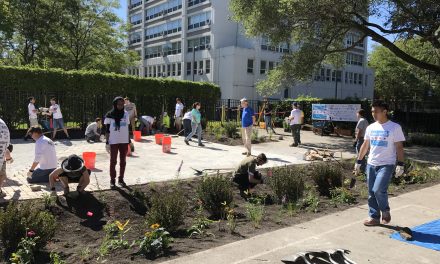Every 4 years, experts with the American Society of Civil Engineers (ASCE; Washington, D.C.) evaluate the overall condition of U.S. infrastructure how a teacher grades a student: the best funded and maintained infrastructure sectors receive an “A,” while chronically failing and under-supported sectors receive an “F.”

The American Society of Civil Engineers (ASCE; Washington, D.C.) announced in July that it will assess U.S. stormwater infrastructure in its next Infrastructure Report Card, expected for release in 2021. The addition is expected to provide greater clarity for regulators and decision-makers as they examine future infrastructure spending. adamtepl/Pixabay
ASCE’s Infrastructure Report Card traditionally ranks 16 sectors ranging from public parks to power plants. But until now, infrastructure designed to handle the nation’s only growing source of water pollution – stormwater – has gone unranked.
ASCE announced in July that its upcoming 2021 Infrastructure Report Card will evaluate the state of U.S. stormwater infrastructure. Drawing on data from the Water Environment Federation’s (WEF; Alexandria, Va.) Stormwater Institute, the assessment will be the first of its kind to examine the needs of stormwater professionals on the national scale.
“The inclusion of stormwater infrastructure in the ASCE’s report card will provide a much-deserved boost in visibility for infrastructure that is vital to communities across the country,” said Eileen O’Neill, WEF executive director. “We hope that adding stormwater to the report card will result in more resources and focus being directed to this essential part of our infrastructure, and subsequent improvements to water quality.”
Making stormwater more visible
As with all other infrastructure categories covered by the report, civil engineers serving on ASCE’s Committee on America’s Infrastructure will rate U.S. stormwater infrastructure based on capacity, condition, funding, future need, operations and maintenance, public safety, and resilience.
Eric Loucks, ASCE Environmental and Water Resources Institute governing board member, described in a statement how offering policymakers a means of benchmarking the nation’s precipitation-control capabilities through the report card can lead to more impactful investment in stormwater management.
“With more frequent, intense storms on top of flooding events, we’re seeing more stormwater runoff, risking flooding of our communities, erosion of our streams, and pollution of our water,” Loucks said. “Including stormwater infrastructure as a Report Card category will help policymakers get a better handle on the magnitude of the problem across the United States and how we can move forward in taking advantage of this valuable resource.”
While stormwater infrastructure has never been evaluated before across the entire U.S., ASCE has previously studied stormwater infrastructure at the state level in California, Georgia, Nevada, Pennsylvania, and Washington, according to the organization’s website.
WEF data offers a helping hand

ASCE will use data gathered from the Water Environment Federation’s (WEF; Alexandria, Va.) first-ever nationwide survey of stormwater sector challenges and priorities to help inform the grade it will give U.S. stormwater infrastructure in the 2021 Infrastructure Report Card. Click here to read results from the survey.
Data from WEF’s recently released National Municipal Separate Storm Sewer System (MS4) Needs Assessment Survey will assist report planners as they work to understand the state of the U.S. stormwater sector, according to ASCE. The survey, which polled more than 600 MS4 permittees from all but two U.S. states, identified the top priorities and challenges for American stormwater professionals in the first stormwater-focused data-gathering effort of its scope.
Survey respondents reported infrastructure age and lack of construction and maintenance funds for stormwater infrastructure as the two greatest concerns for practitioners. Many stormwater professionals, the results indicate, require information on reliable and sustainable fundraising methods to support stormwater management infrastructure at the local level. In all, survey authors estimate that the stormwater sector alone has an annual funding gap of about $7.5 billion.
Regardless of how stormwater scores in 2021, U.S. infrastructure managers face an uphill battle when it comes to attracting adequate investment. ASCE’s 2017 Infrastructure Report Card gave the nation’s overall infrastructure a near-failing D+ grade, with an estimated investment gap of a staggering $2 trillion.






